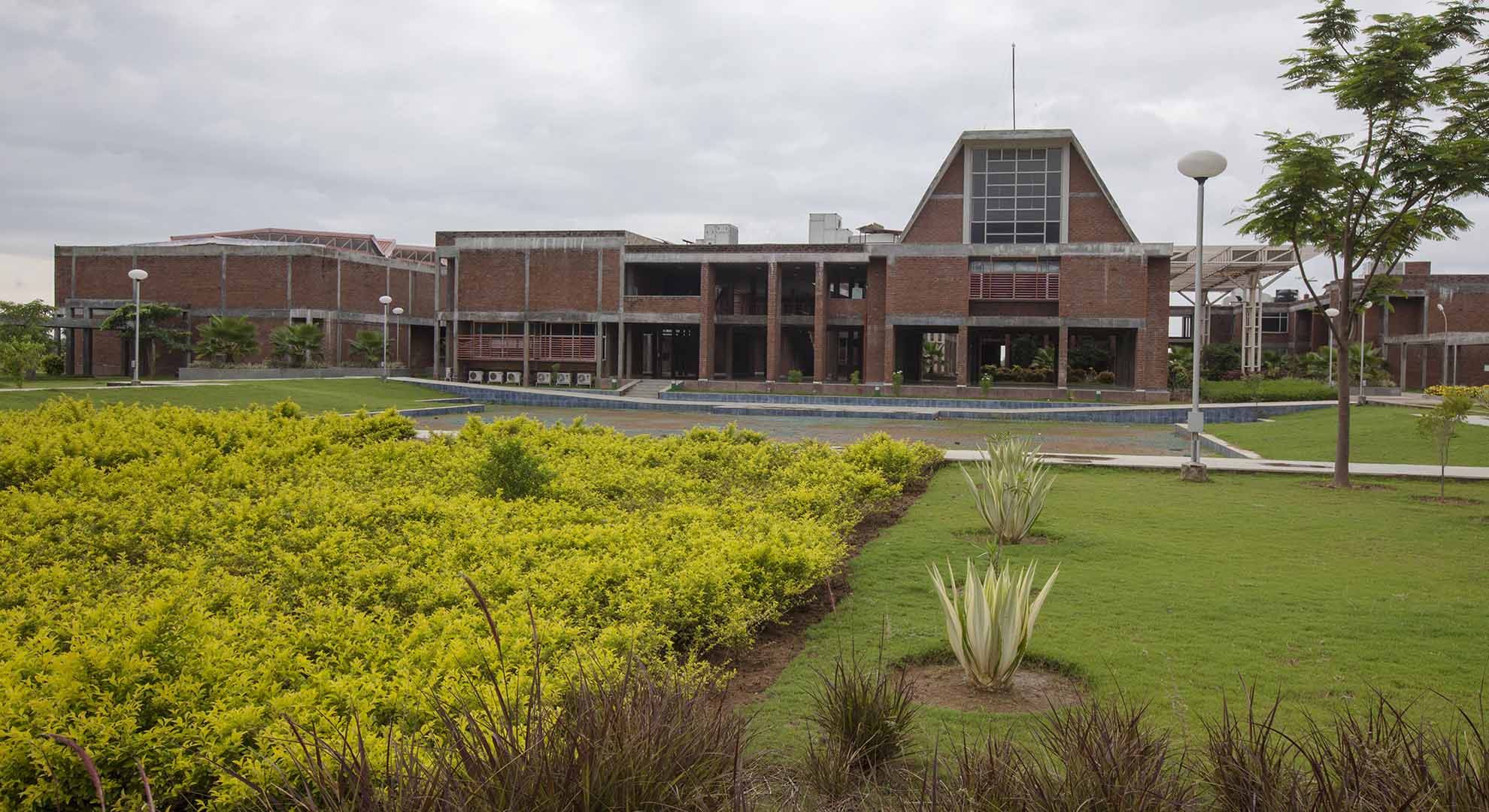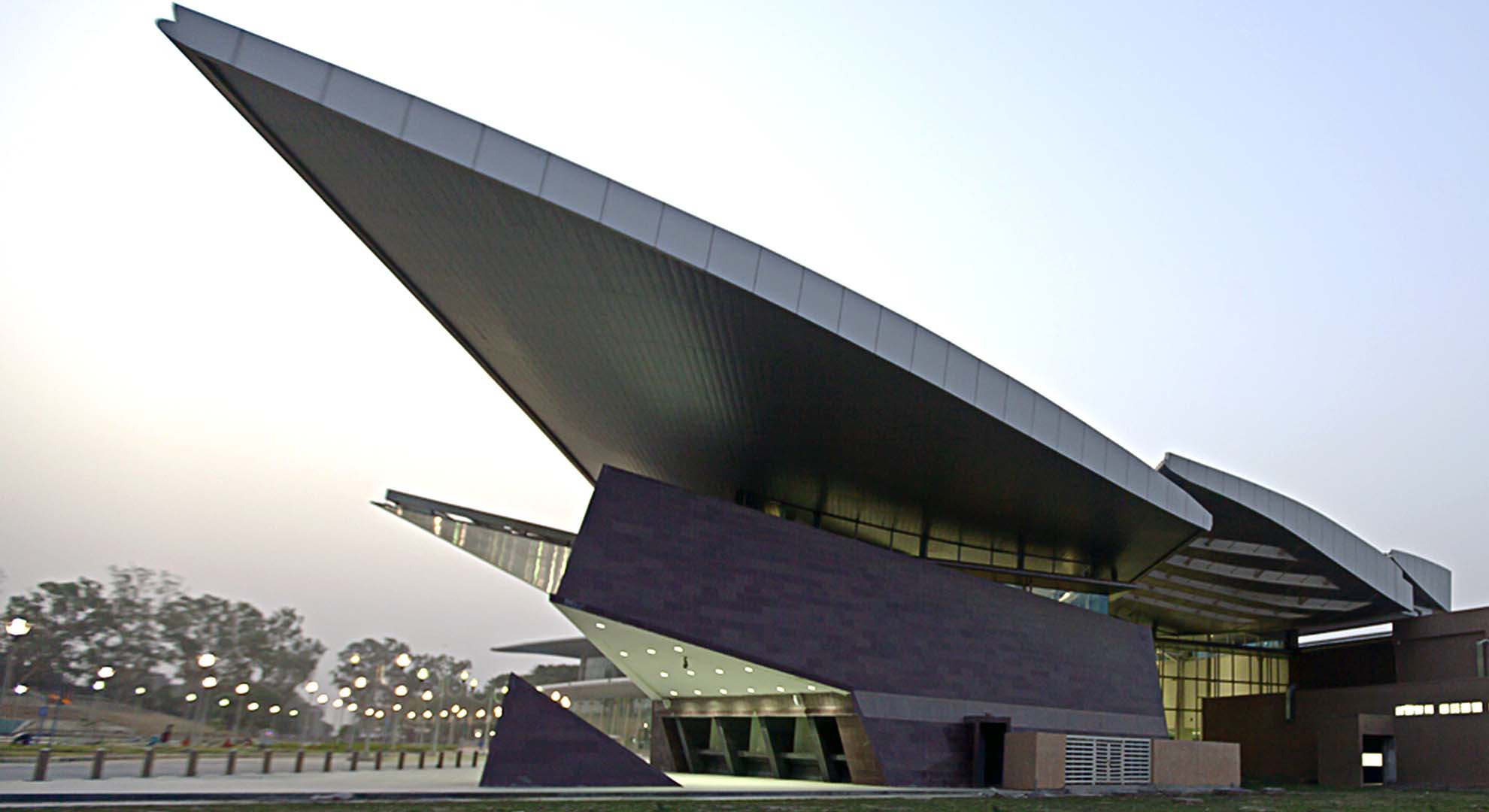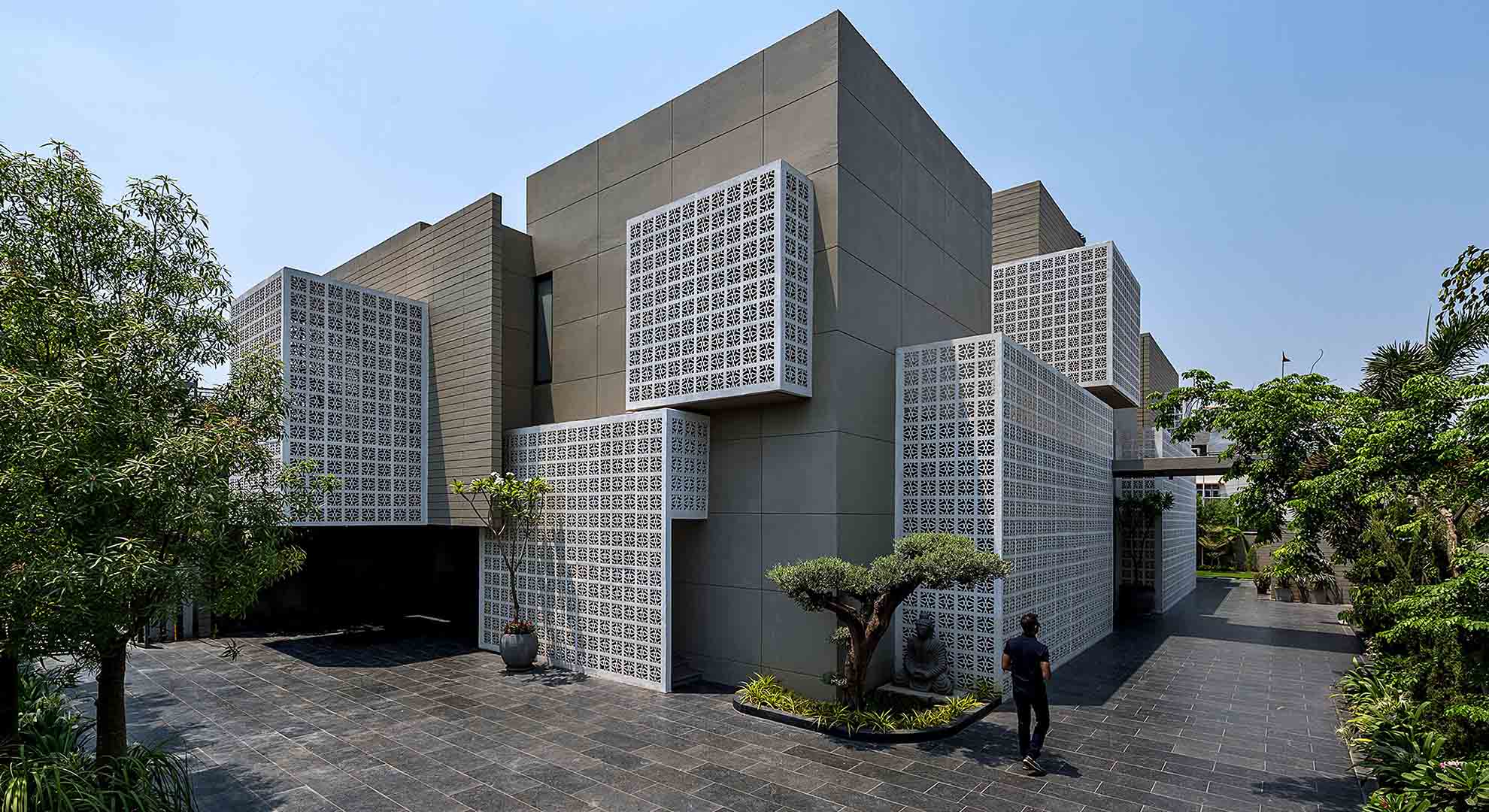Working Across Generations
Intergenerational architectural practices in India
Intergenerational architectural practices offer a lens through which the development of the discipline and profession of architecture can be observed and interpreted. My recent book, Architectural Inheritance and Evolution in India provided me an opportunity to study ten architectural families and their 44 family members. The extensive research and recordings of their oral histories revealed the transformation of ideologies, methodologies and the management of these architectural practices across generations.
These transformations were a product of the families' personal and professional attributes, which reflected their differential exposure to architecture (inadvertently through legacy or passion) and their work setup and management (the number of practices across generations, the scale and size of the practices, and their specializations). The models for running their family practices—sole proprietorship or corporatized model—and their investment in allied architectural industries—real estate, construction, furniture—also steered these transformations.

National Institute of Aviation Training and Management, Maharashtra. India, S. Ghosh & Associates. Photo S. Ghosh & Associates
In addition, several pivotal shifts influenced these professional characteristics. Globalization led to scaling up architecture, its resources and commoditization. Moreover, the profession became more collaborative and multidimensional and architects started striving for more acknowledgement. Increased communication and engagement channels expanded the field's spectrum of influences and information, and produced more aware and demanding clients. Digital and construction technology affected design approaches and ensured that the drivers for the survival of architectural practices beyond the technical knowledge of design became technology, business acumen and the economy, along with the management of office systems, documentation and outreach methods.
Personal traits affecting these architectural practices included the family composition, if there was freedom of choice or an entrepreneurial culture, as well as communication channels among them. Furthermore, core value systems; gender, marriage and lifestyle dynamics; individual personalities and interests of the different family members; and their educational backgrounds and geographical locations also affected the practices.

New Terminal at Lucknow Airport, S. Ghosh & Associates. Photo S. Ghosh & Associates
Working across generations implied certain adjustments, such as: growing the practices to other regions, introducing new verticals in existing practices, establishing multiple practices within a family, renaming the practice to circumvent person-centric offices, and a clear division of projects. While some practices grew as a result of expanding demands, others downsized, deciding to outsource and focus only on pure design. Clever handling of clients, focusing on office systems, adapting technology, and investing in documentation and media coverage became significant. The successors—especially the millennials—became more technology-savvy and relied on a greater entrepreneurial approach, and with added mediums of exposure to architecture, upskilled themselves in several industry verticals. They questioned obsolete convictions and innovated working systems and design approaches. The design changes appeared in project scales, typologies and methodologies through newer technologies, forms and materials.
Here are two examples of intergenerational practices from the book and their corresponding transformations.
S. Ghosh & Associates (SGA), New Delhi
Sumit and Suchitra Ghosh established SGA in 1969. From residences and smaller interiors, they moved to the design of institutional projects, trademarking their signature style with natural materials of brick, stone, and washed aggregate. Their son, Sudipto, joined them in 2003 when SGA was commissioned to design a 25-lakh sq. ft. office. The number, scale, and typology of projects increased as a result. Although always a forerunner in adopting technology in design, SGA moved gradually to abolishing 2D drafting in favor of BIM on a cloud platform.
Sudipto Ghosh, who now spearheads the firm, started experimenting with new materials and an increased focus on environmental concerns. Though SGA's designs always transcended the considerations of style, the parents' design responses were intuitive, creative, and emotional, while Sudipto's is more theoretical and mathematical. The family continues to negotiate theory with practice in architecture.

18 Screens House, Lucknow, India, Sanjay Puri Architects. Photo Sanjay Puri Architects
Sanjay Puri Architects (SPA), Mumbai
Sanjay and Nina Puri cofounded SPA in 1992, and their daughter Ayesha joined the firm in 2018. Absorbing distinct design influences, Sanjay consistently experimented with forms, spaces, materials, and textures, whereas Nina focused on details, and Ayesha has infused her love for colors, patterns, graphics, and playfulness in her designs. From real estate projects, SPA progressed to hospitality, institutions, education and private dwellings.
Though the firm continued to endeavor to make every project different and unique, it gradually shifted to a more sustainable approach and started investing added thought, consciousness and experience towards these considerations. From financially driven pursuits, SPA shifted to passion driven pursuits. Experimentation with materials and technologies have been scaled up, and efforts are being directed towards creating fixed project timelines and making the practice more collaborative.
Over the last decades, the substantial number of intergenerational architectural practices in India have made an invaluable contribution to the quality of the built environment. What has remained constant is the core design ideologies and values of the first-generation architects, which have been passed on to and enriched by the next generations, underlining the belief in the role of architecture to enhance the quality of people’s lives and to create responsible, sustainable, and culturally rich projects over a diverse range of scales and programs.
Architectural Inheritance and Evolution in India, by Apurva Bose Dutta (Altrim Publishers and supported by the Council of Architecture of India, 2023).
https://www.apurvabose.com/book-architectural-inheritance-and-evolution-in-india/
Main image: Rajasthan School, Ras, India, Sanjay Puri Architects. Photo Sanjay Puri Architects
